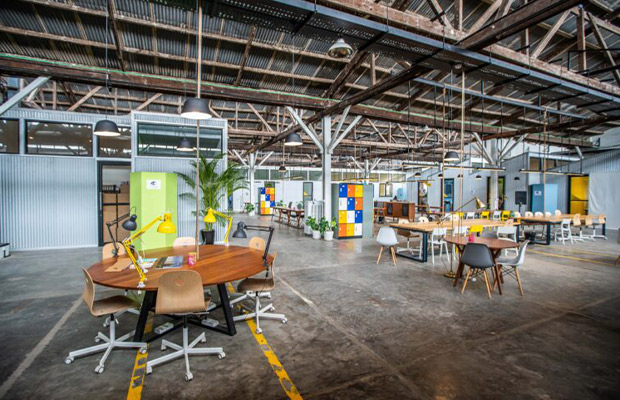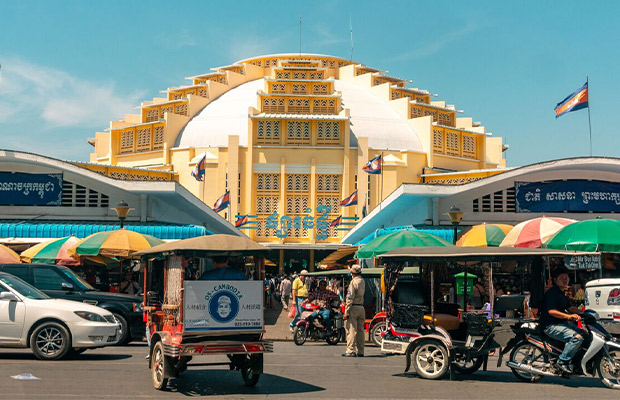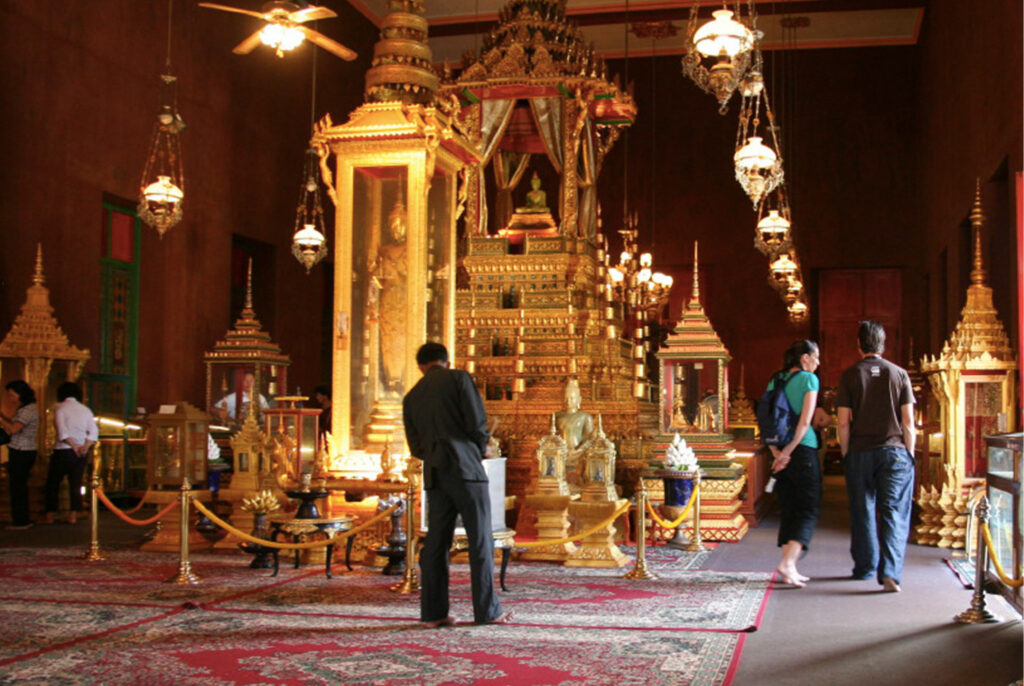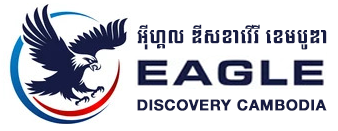
Created in the early 1900s during King Sisowath’s reign, the Ramayana Mural was inspired by Cambodia’s deep-rooted connections to Hinduism and Buddhism and its admiration for epic storytelling. Skilled Khmer artists painstakingly painted the mural, drawing from ancient artistic traditions and cultural symbols. Although parts of the mural have deteriorated over time, it remains a […]

Factory Phnom Penh was established in 2018 by a group of visionary entrepreneurs and artists who saw potential in transforming the former garment factory complex into a multifunctional creative space. Since then, it has evolved into a community-driven landmark, where Cambodia’s young professionals, artists, and tech enthusiasts gather to collaborate and showcase their work. By […]

Founded in recent years as Cambodia’s urban art scene began to flourish, Kbach Arts has played a key role in the growth of street art in Phnom Penh. “Kbach” itself refers to the traditional decorative styles and motifs found in Khmer art, and the organization draws on these roots to create art that resonates with […]

Constructed in 1937 during the French colonial period, Psar Thmei was designed by French architect Jean Desbois and remains one of the largest covered markets in Asia. Its central dome and four large wings were considered architectural marvels of their time, blending Cambodian and Art Deco styles in a striking manner. Over the years, Psar […]

Choeung Ek was one of the most infamous killing fields used by the Khmer Rouge to carry out mass executions. Over 17,000 people, many of whom were detainees from the nearby S-21 prison (now the Tuol Sleng Genocide Museum), were brought here and executed. Following the fall of the Khmer Rouge, Choeung Ek was transformed […]

The Royal Palace was established in 1866 under the reign of King Norodom, symbolizing the royal family’s central role in Cambodian society. Although modified and expanded over the years, it has remained a vital part of Cambodia’s cultural and political life. Many sections of the palace, including the Throne Hall and Silver Pagoda, are adorned […]

The Silver Pagoda, also known as Wat Preah Keo Morakot, was built in the 19th century during the reign of King Norodom. Initially made of wood, it was reconstructed with concrete and marble in the 1960s under King Sihanouk’s direction. Named for its 5,000 silver tiles, each weighing over a kilogram, the pagoda is an […]

The National Museum was established in 1920 under the French colonial administration to preserve Cambodia’s cultural artifacts and heritage. Its design, crafted by French architect George Groslier, blends Khmer architectural elements with colonial influences, making it a unique structure in itself. The museum has endured periods of neglect, particularly during the Khmer Rouge era, but […]

Founded in 1979, shortly after the fall of the Khmer Rouge, the Tuol Sleng Genocide Museum was established to document and commemorate the atrocities committed at S-21. Under Pol Pot’s regime, this former school became one of the most notorious sites of detention and torture in the country, operated by security officers who followed brutal […]









